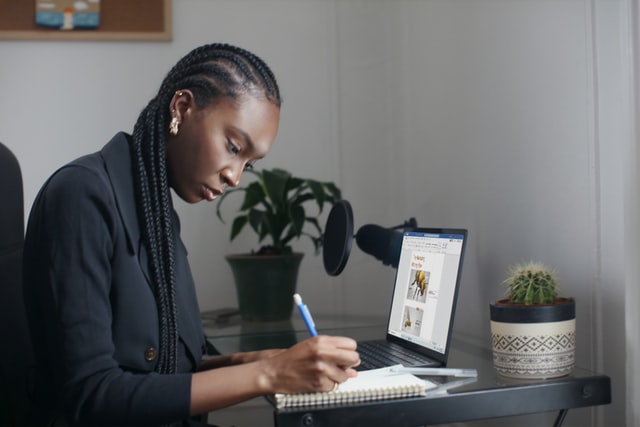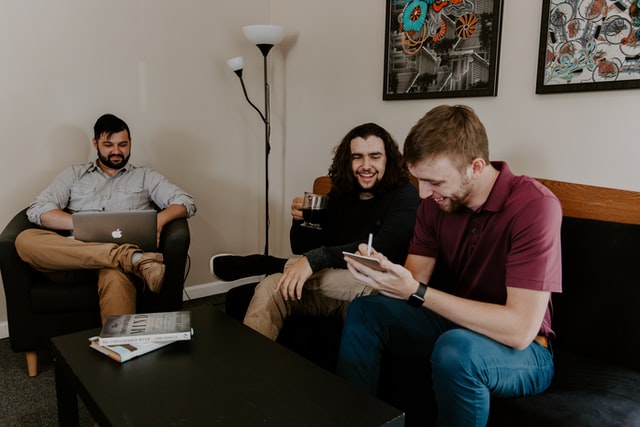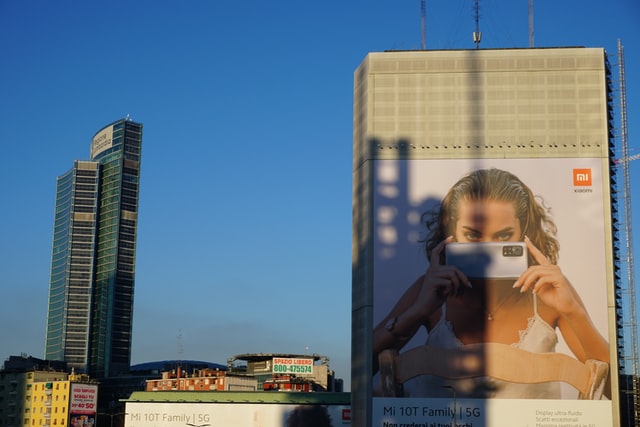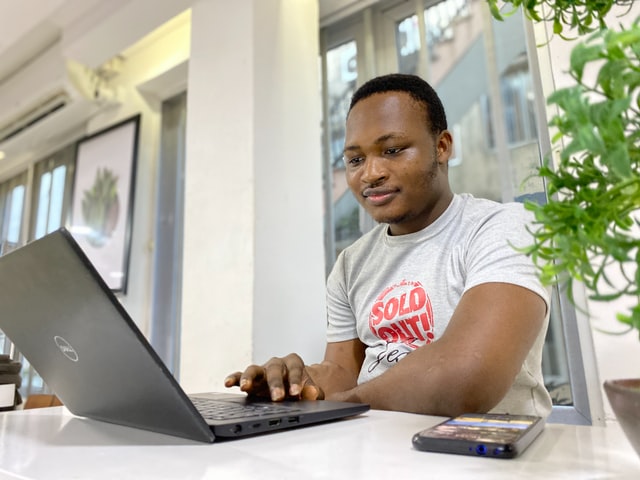Creative Legal Jobs for Designers, Web Developers, Social Media Managers & More
The legal field has plenty of possible roles for creatives. Although lawyers and paralegals need a legal education, their firms and projects still need designers, developers, and social media managers. Like it or not, law firms are a business. They need the same sort of skills that other businesses use...


















